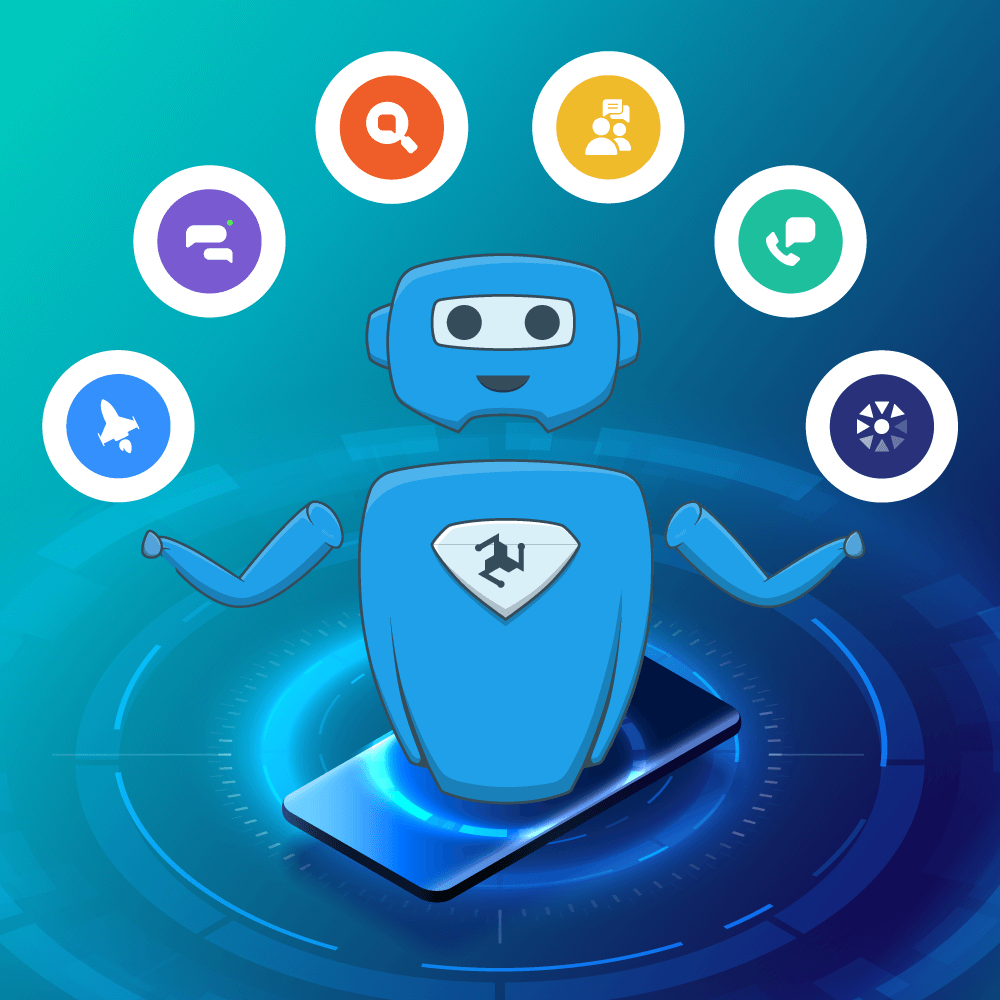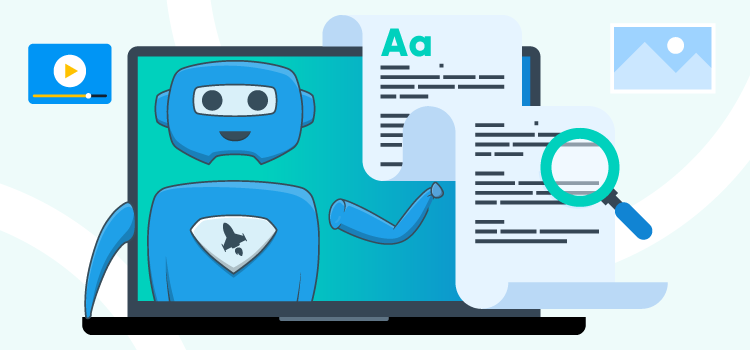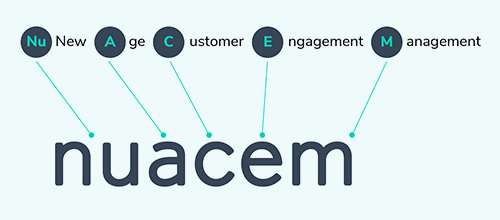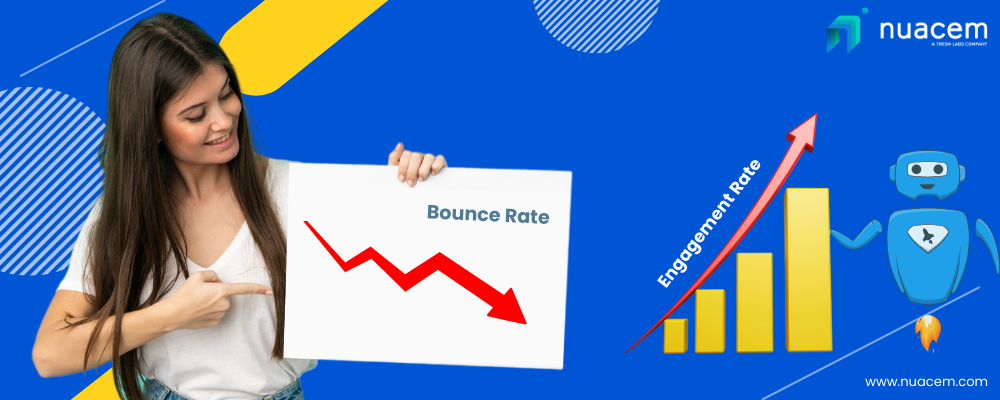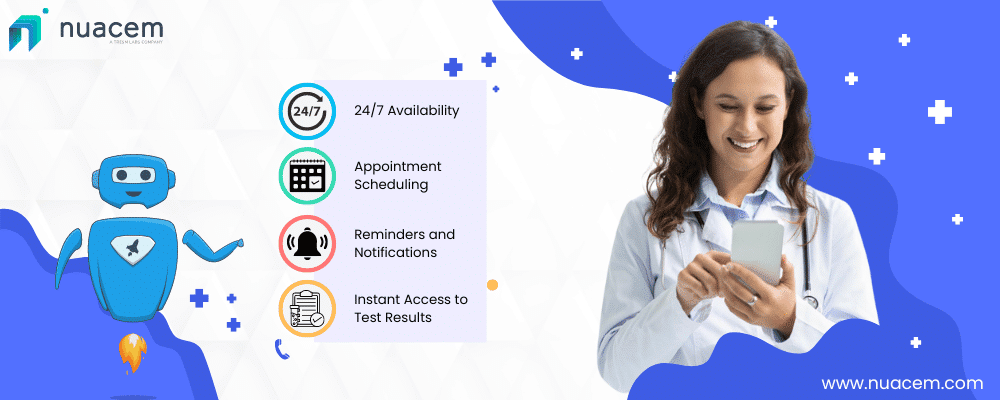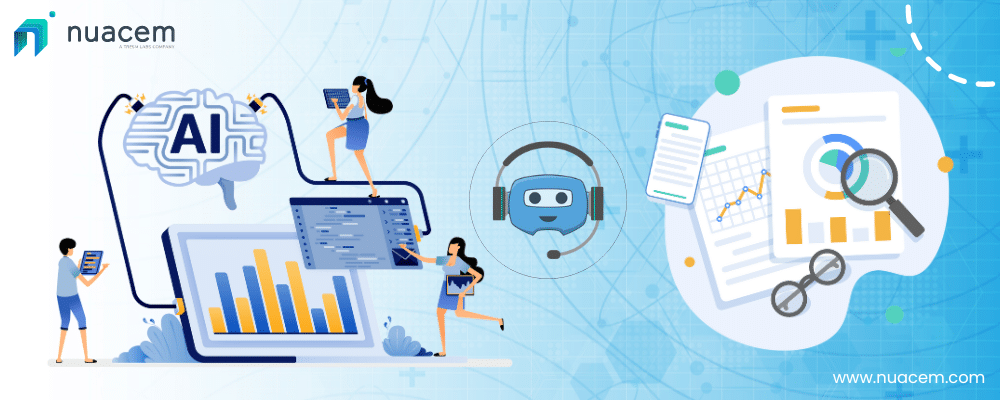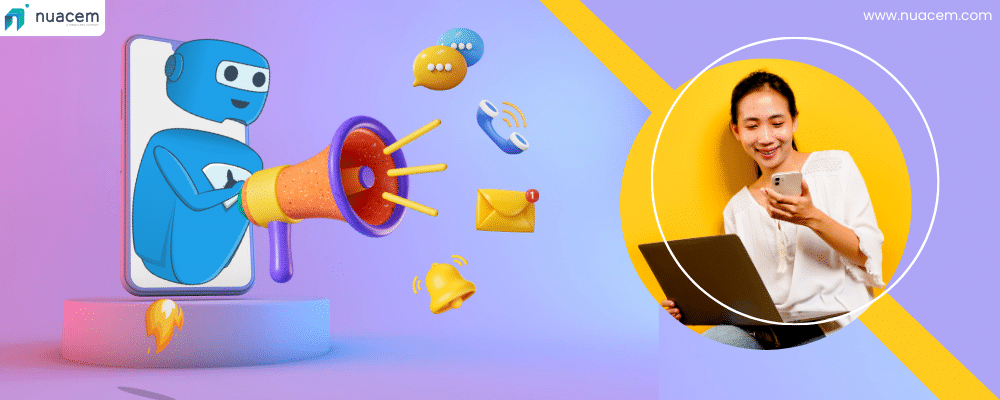Understanding Bounce Rate
Bounce rate is a very critical metric that measures the percentage of unengaged sessions on your website or app. Specifically, it refers to the percentage of visitors who enter your site and leave without interacting with any other page. This metric is vital because it helps you gauge the initial impact of your site’s landing pages and understand how well your content meets visitors’ expectations.
Why Bounce Rate Matters
A high bounce rate often signals your website’s design, content, or user experience issues. Here’s why it matters for customer engagement and experience:
First Impressions: A high bounce rate indicates your landing experience needs to meet visitor expectations. If users leave quickly, they likely won’t find what they seek.
Content Relevance: When visitors bounce, it suggests that your content didn’t address their needs or interests. Ensuring your content is relevant and engaging is critical to retaining visitors.
User Experience: High bounce rates can indicate poor user experience—slow load times, confusing navigation, or unappealing design can all drive visitors away.
SEO Impact: Search engines use bounce rate to signal page quality. High bounce rates can negatively affect search rankings, resulting in a decrease in organic traffic.
The Role of Conversational AI in Reducing Bounce Rate
A chatbot or virtual assistant can significantly enhance user engagement and decrease bounce rates by providing immediate, personalized interactions. Here’s how:
Instant Assistance: Conversational AI can greet visitors and offer assistance when they land on your page. By answering questions and guiding users, chatbots can decrease the likelihood that visitors will leave a website by assisting them in quickly finding what they are looking for.
Personalized Experience: AI can analyze user behavior in real time and provide personalized content recommendations, making visitors feel valued and understood. This tailored approach can keep users engaged longer.
Interactive Navigation: Instead of sifting through menus and pages, users can ask the chatbot directly for the information or product they want. This seamless interaction simplifies navigation and enhances user satisfaction.
24/7 Availability: Unlike human support, conversational AI is available 24/7. This ensures that all visitors receive immediate attention, regardless of when they visit your site, improving overall user experience.
Feedback Collection: AI can proactively ask visitors for feedback about their experience, providing valuable insights into why visitors might be bouncing. This feedback can be utilized to make ongoing improvements to your website.
Statistics Highlighting the Impact
- According to a Contentsquare study, the average bounce rate for eCommerce sites is 47%, while mobile devices see an even higher average bounce rate of 51%.
- Google reports that the bounce rate increases by 123% if the mobile page takes longer than ten seconds to load.
- A study by Chatbots Magazine revealed that businesses could reduce customer support costs by up to 30% through the implementation of AI chatbots.
The Power of AI Chatbots
AI chatbots are not just about reducing bounce rates; they transform the entire customer engagement experience. Here’s how:
Seamless Integration: Chatbots can be integrated across various platforms such as websites, social media, and messaging apps, providing consistent and comprehensive customer support.
Scalability: AI chatbots can handle multiple interactions simultaneously, providing instant responses to numerous visitors without delay, which is particularly beneficial during peak traffic times.
Advanced Analytics: Modern AI chatbots have advanced analytics capabilities, offering insights into customer behavior, preferences, and pain points. This information is extremely valuable for enhancing marketing strategies and improving the overall user experience.
Proactive Engagement: Chatbots can start conversations based on user behavior. For example, if a user spends a long time on a product page without making a purchase, the chatbot can offer assistance or a discount to encourage conversion.
Cost-Effective Solution: Implementing AI chatbots can be cost-effective for providing round-the-clock customer support, freeing up human resources for more complex tasks, and improving operational efficiency.
Practical Steps to Implement Conversational AI
Identify Key Pages: Start by deploying chatbots on high-traffic pages with high bounce rates. This ensures that the most critical areas of your site are optimized for engagement.
Train Your AI: Ensure your conversational AI is well-trained to handle common queries and provide relevant information. This involves continuous learning and updates based on user interactions.
Monitor and Optimize: Be sure to utilize analytics tools to keep track of the performance of your AI interactions. Look for patterns and areas where the AI can be improved to serve your visitors better.
Integrate with Other Tools: Integrate your conversational AI with CRM and other marketing tools to provide a seamless user experience across all touchpoints.
Conclusion:
The bounce rate is a crucial indicator of how well your website engages visitors and meets their expectations. High bounce rates can be detrimental to both user experience and SEO performance. By leveraging conversational AI, you can provide instant, personalized, and engaging interactions that keep visitors on your site longer, improving customer engagement and experience. With the proper implementation and continuous optimization, conversational AI can transform your site’s performance and drive significant improvements in bounce rate and overall user satisfaction.
